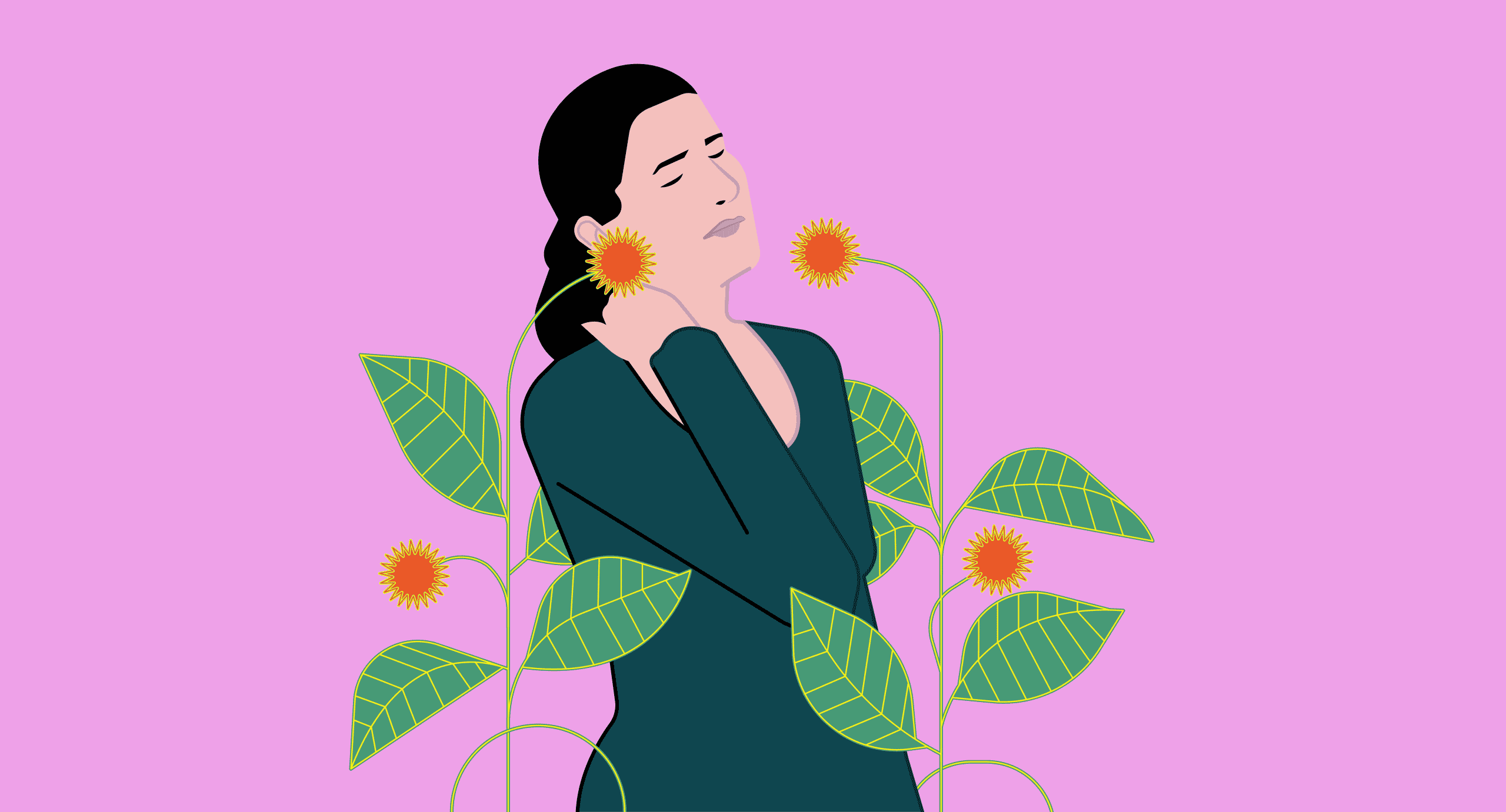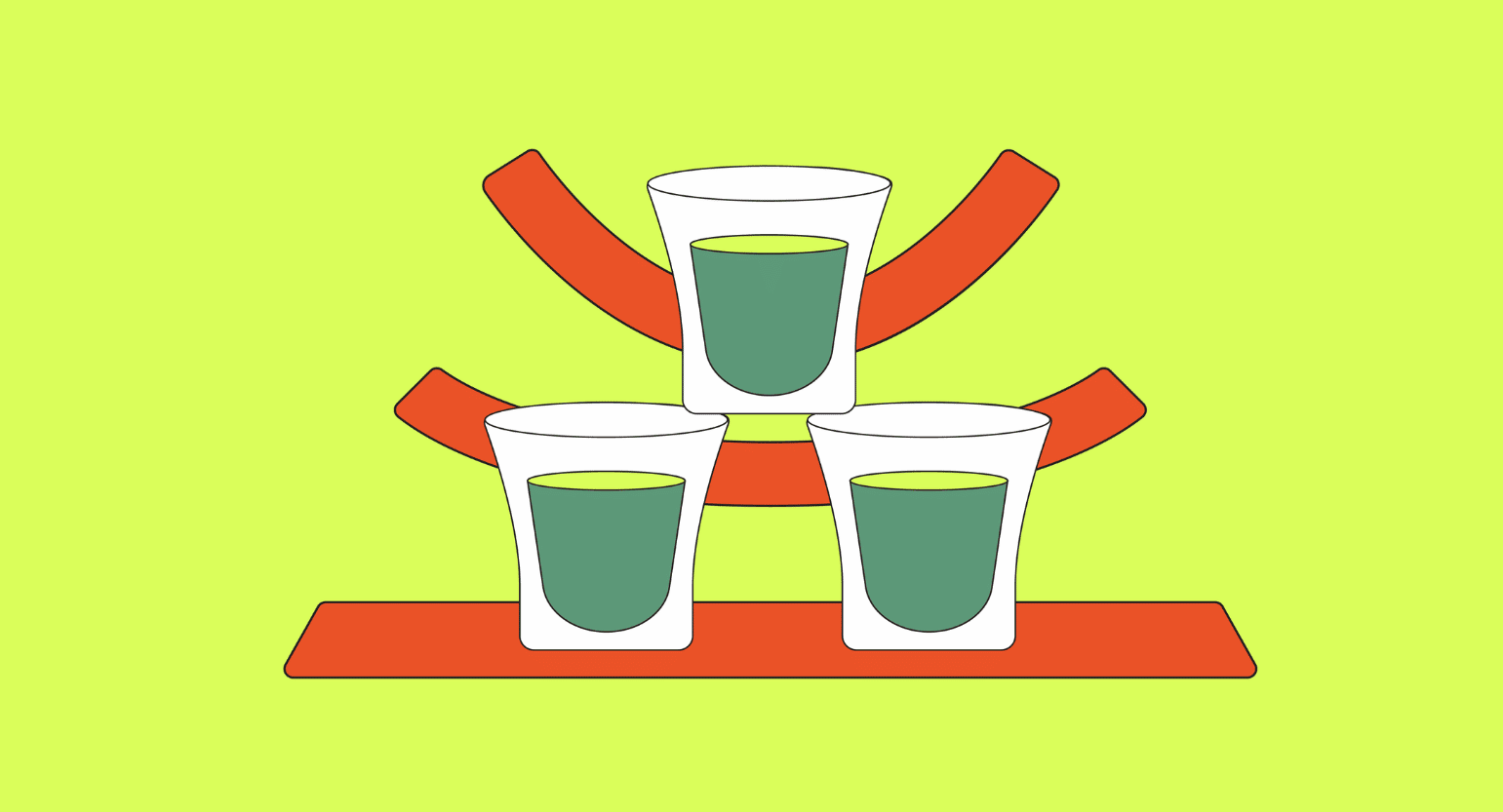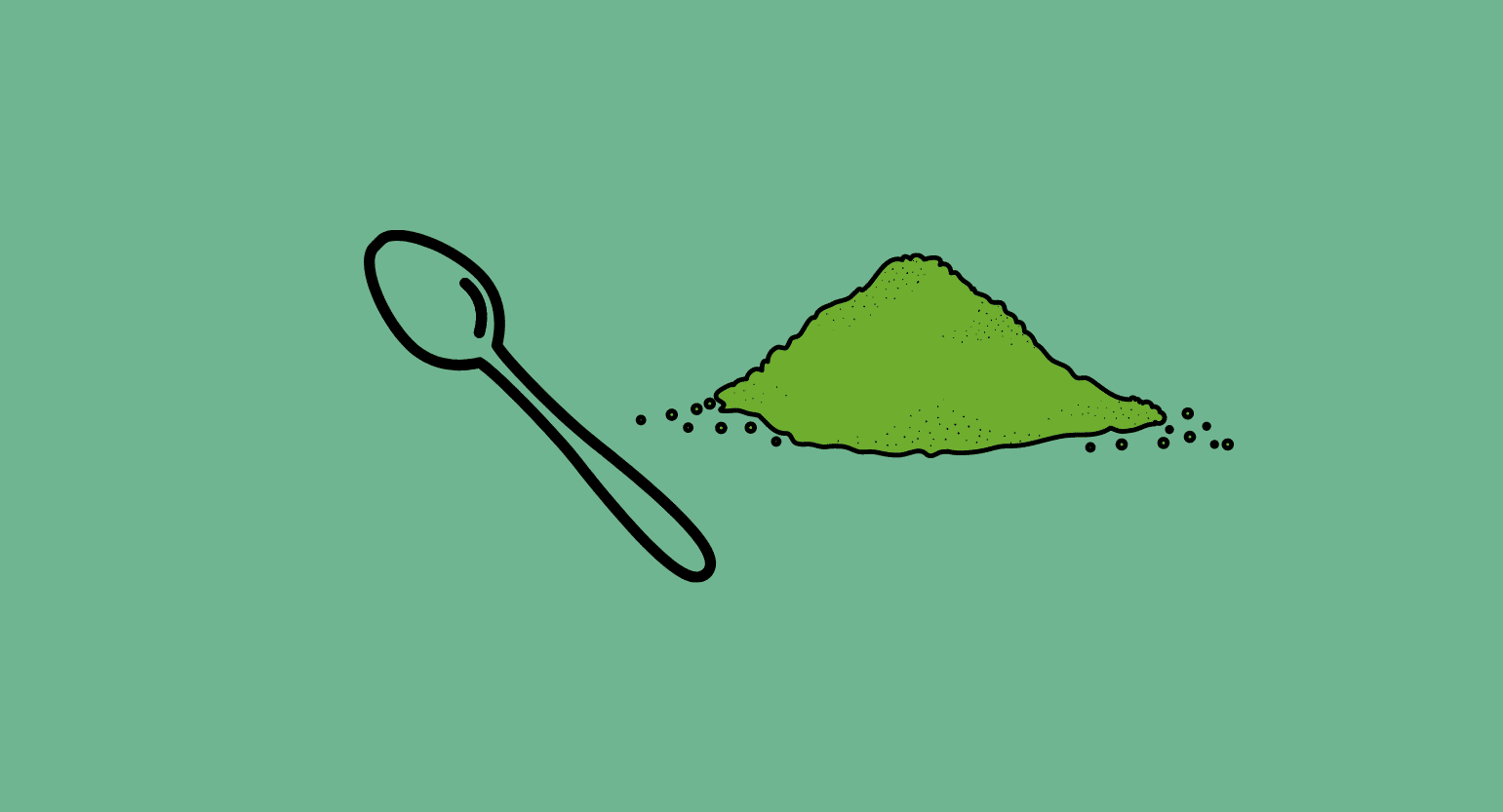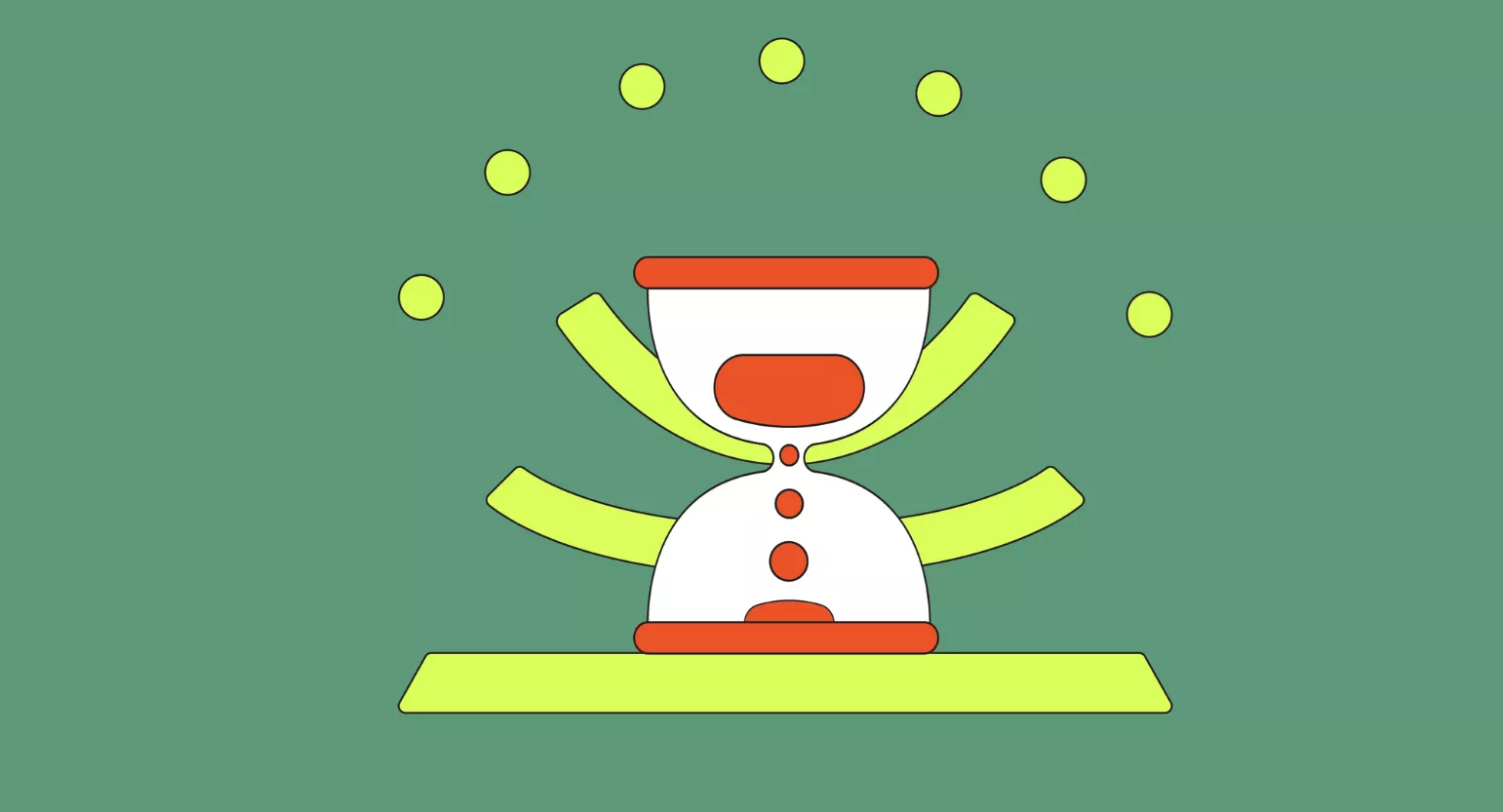Does Kratom Interact With Testosterone?
In short, no — there does not appear to be any meaningful interactions between testosterone and kratom [1].
However, a case report shows that kratom may increase prolactin, which can indirectly lead to a decrease in testosterone levels [2]. While there are no detailed studies on whether this effect has any negative impacts on testosterone, it’s something you’ll need to consider. Depending on what’s deemed to be the “cause” of your low testosterone, taking kratom may only serve to worsen the problem.
If you’re taking testosterone for any reason, you should speak with your doctor before taking kratom.
Related: Will Kratom Interact With My Medications?
Testosterone Specs

| Drug Name | Testosterone |
| Trade Name | Aveed, Depo-testosterone, Delatestryl, Testopel, Andro-gel, Testim, TestoGel, Andriol, Androderm, Depo-Testosterone, Intrinsa, Bebido, Omnadren, Primoteston, Sustanon, TestoPatch, Testoviron, Tostran, etc. |
| Classification | Steroid |
| CYP Metabolism | CYP3A4 |
| Interaction With Kratom | None |
| Risk of Interaction | Low |
Is it Safe to Take Kratom With Testosterone?
Taking these two substances together shouldn’t cause any trouble but with caution and professional oversight.
Adverse reactions aren’t expected between kratom and testosterone under normal conditions. Certain health conditions, such as hyperprolactinemia, may increase the risk of side effects.
What is Testosterone?
Testosterone is the male sex hormone. It’s produced in the testicles and, to a lower extent, the ovaries. Technically, it’s classified as a steroid [3].
Testosterone is crucial for many processes related to male sexual development and functions. For example, it’s responsible for driving the development of body and facial hair, as well as the creation of sperm.
This hormone is also largely responsible for the lower voice tone and increased muscle and bone mass associated with the male sex.
Testosterone production in the body increases naturally for males at puberty. Research shows that around 40 years of age, it decreases naturally at around 1-2% per year.
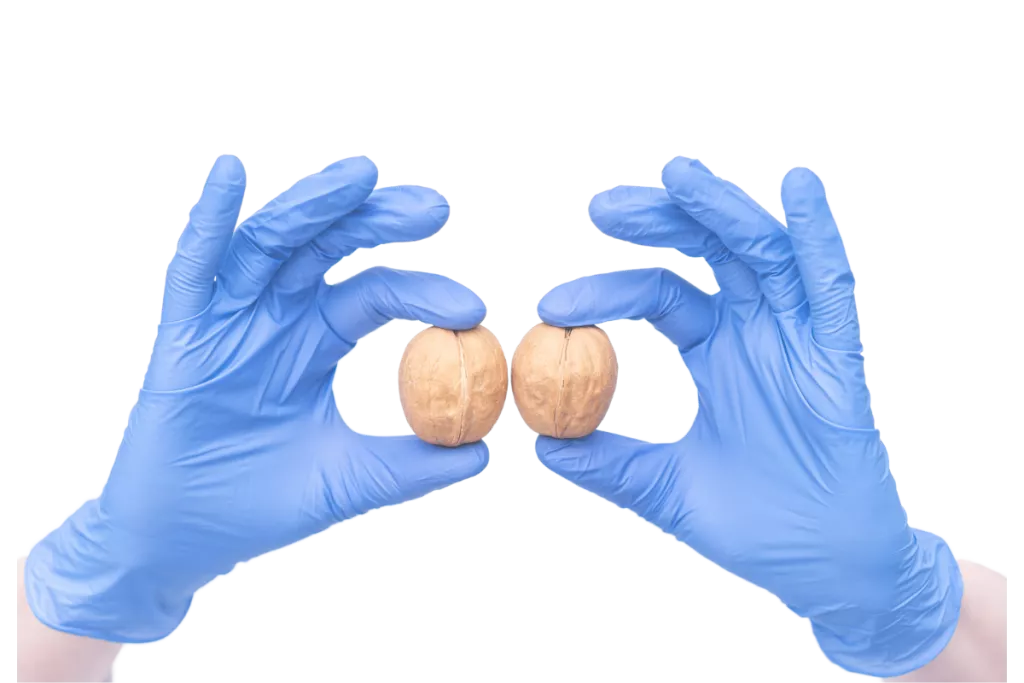
External factors, such as exposure to synthetic hormones, poor diet, lack of exercise, radiation, and heavy metals, can all lead to more rapid testosterone loss starting around the age of 30.
Unusually low testosterone levels in males can lead to many negative symptoms such as decreased sex drive, infertility, depressive moods, etc.
What is Testosterone Used for?
Apart from its functions as a naturally occurring hormone, testosterone therapy is indicated for several conditions.
Hypogonadism is the decreased production of sex hormones [4]. in men, it leads to decreased testosterone levels. Synthetic testosterone is often used to treat this condition which often gets worse with age [5]. This is known as testosterone replacement therapy (TRT).
Testosterone also has therapeutic uses in treating certain types of breast cancer [6].
Some doctors will also prescribe testosterone as a treatment for gender dysphoria [7].
Testosterone is sometimes used to improve athletic ability (called doping). This use is almost always banned in professional athletic competitions. The World Anti-Doping Agency (WADA) lists testosterone as a substance that is “prohibited at all times.”
What’s the Dose of Testosterone?
The proper dosage of testosterone is not something that can be figured out by browsing the internet —it depends on factors including weight, current testosterone status, age, medication use, and much more.
Any form of treatment involving testosterone needs to be initiated with the diagnosis of a licensed doctor.
There are many complicating factors, and only a physician can determine the proper dosage of testosterone. Also, there is usually a fair amount of laboratory testing that needs to happen to establish your baseline levels.
Once you have properly consulted with a doctor, take your testosterone according to the specifics you’ve been given.
Testosterone can be applied as a gel, skin patch, oral tablet, and muscular injection.
Generic & Brand Name Versions
Testosterone is available under the following brand names:
- Aveed
- Depo-testosterone
- Delatestryl
- Testopel
- Andro-gel
- Testim
- TestoGel
- Andriol
- Androderm
- Depo-Testosterone
- Intrinsa
- Bebido
- Omnadren
- Primoteston
- Sustanon
- TestoPatch
- Testoviron
- Tostran
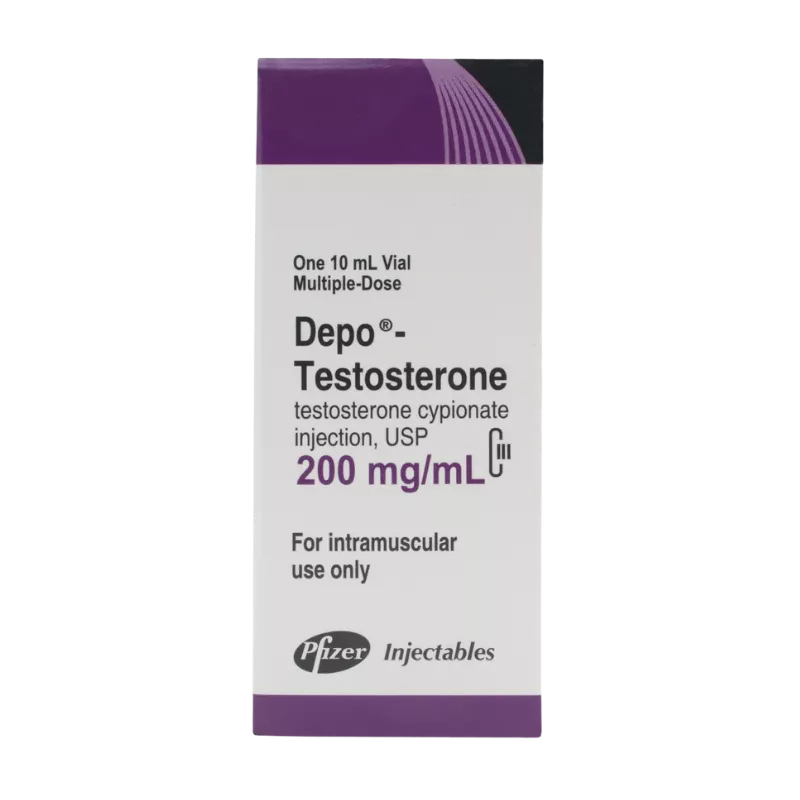
What Are the Side Effects of Testosterone?
There are a lot of side effects associated with testosterone therapy. The side effects will be different in men than in women and depend on the individual.
Contraindications to taking testosterone are:
- Male breast cancer
- Pregnancy
- Prostate cancer
- Serious heart problems
- Severe liver disease
- Severe kidney disease
Minor side effects of testosterone might include [8]:
- Acne
- Deepening of the voice
- Excessive hair growth (in women)
- Hair loss
- Oily skin
- Seborrhea
More serious adverse effects are [9]:
- Gynecomastia
- Increased aggression
- Increased hematocrit
- Increased risk of cardiovascular events
- Mood swings
- Spermatogenesis
- Spontaneous erections

What is Kratom?
Kratom (Mitragyna speciosa) is a tropical evergreen tree native to Southeast Asia, namely Vietnam, Thailand, Cambodia, and Indonesia.
Kratom is a member of the coffee family and derives its psychoactive properties from the naturally occurring alkaloids within it.
Inside the body, kratom behaves similarly to an opiate — this is why the FDA has been concerned about kratom. The alkaloids mitragynine and 7-hydroxymitragynine are known to interact with the opioid receptors in the central nervous system (CNS). However, kratom is not an opioid.
Kratom can be enjoyed in many different preparations. You can easily brew a kratom tea or use kratom capsules if you don’t like the bitter taste.
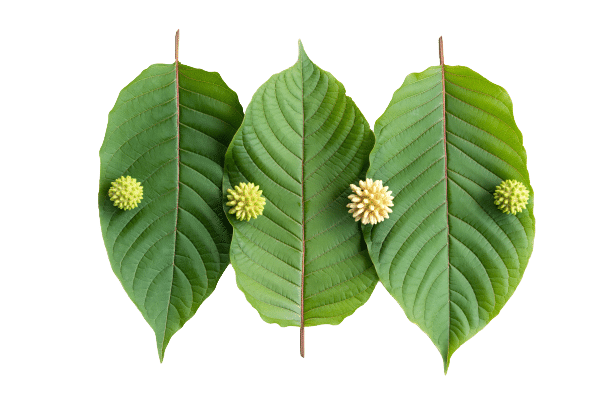
What is Kratom Used for?
Kratom’s many properties have led to different uses for the plant.
Even though few scientific studies can confirm these effects, the kratom community is filled with people who will attest to kratom’s benefits. Existing studies show it has plenty of therapeutic potential.
In low doses, kratom acts as a nootropic and can increase overall mental vitality, leading to increased focus and creativity. Kratom can also serve to improve mood.
As kratom dosage increases, the effects slide over into another area of the spectrum.
In these ranges, kratom has analgesic properties and can help reduce anxiety. These benefits have made kratom quite popular with those who want an herbal option instead of a pharmacological one.
As if these qualities weren’t enough, kratom eases opiate withdrawal symptoms and might be effective as a weight-loss supplement.
Other common modern uses of kratom include:
- ADHD (Attention Deficit & Hyperactivity Disorder)
- Arthritis pain
- Benzodiazepine withdrawal syndrome
- Chemotherapy-related pain
- Chronic back pain
- Depression
- Fibromyalgia
- Insomnia
- Migraines
- Nerve pain
- Psoriatic arthritis

What’s the Dose of Kratom?
As we have seen, the effects of kratom are highly dependent on the dosage. It’s important to remember this if you want to be in control of your kratom experience.
The standard kratom dosages are:
- Low dose (1 – 5 g)
- Medium dose (5 – 10 g)
- High dose (10 – 15 g)
As always, remember that dosage recommendations are just averages. Formulaic dosage prescriptions can never account for all the factors influencing proper dosage.
If it’s your first time with kratom, start with a low dose, less than 3 g, and see how your body reacts to the compound.
Also see: How Long Should I Wait Between Kratom Doses?
What Are the Side Effects of Kratom?
Kratom may cause side effects, some of which can be serious. The most common side effects of kratom include the following:
- Anxiety or restlessness
- Constipation
- Diarrhea
- Dizziness
- Depression
- Frequent urination
- Headaches
- Heart palpitations
- Nausea and vomiting
- Numbness
- Sedation and prolonged sleepiness
More serious side effects include:
- Itchiness
- Loss of muscle coordination
- High blood pressure
- Liver damage (with long-term use)
- Low libido
- Nausea
- Seizures
- The Wobbles
- Tremors
- Withdrawal symptoms

Additionally, kratom can be addictive, causing symptoms of mental and physical dependence.
Suggested Reading: Is Kratom Dangerous?
What Are the Different Types of Kratom?
Kratom is available in four different types of strains. The four kratom strains all have similar effects. However, they do differ in the sense that each kratom strain emphasizes certain aspects.
The strains are all named after the color of the leaf’s vein — once they’re processed, they all look the same.
Become familiar with the four types of strain, and you can tweak your kratom experience, so it’s just right.

White Vein Kratom
White vein kratom is known to excel at promoting the effects that are typically associated with a lower dose of kratom: the nootropic, stimulant effects.
White vein is popular with early risers who want to replace their morning coffee and with those who have creative jobs.

Red Vein Kratom
Red-veined kratom could be considered ‘opposite’ to white vein strains. This is because they’re best used if one wants to feel the effects of a higher dose of kratom.
Red vein kratom is the best option to produce the anxiolytic and analgesic properties of kratom. Those who suffer from chronic pain and anxiety usually gravitate towards this strain.

Green Vein Kratom
Green vein kratom is conceptualized in the kratom community as the ‘middle-point’ between red and white kratom strains. Green-veined strains combine the properties of both in order to provide a generalized experience.
If you’d prefer to experience everything kratom has to offer, then go with a green vein kratom strain.

Yellow Vein Kratom
Yellow vein kratom does not possess any remarkable characteristics. The only thing that sets it apart is that it’s the mildest out of all of them. This makes yellow vein the natural choice for those who have a sensitivity to kratom.

Key Takeaways: Is it Safe to Mix Kratom & Testosterone?
Mixing kratom and testosterone should not cause side effects but always talk to your doctor first.
This, of course, does not mean that you do not have to worry at all. Both kratom and testosterone carry certain risks on their own, which will always be present.
The good news is that kratom’s adverse effects are usually mild and can be brought down to manageable levels by simply cutting back on consumption.
- Singh, D., Murugaiyah, V., Hamid, S. B. S., Kasinather, V., Chan, M. S. A., Ho, E. T. W., … & Mansor, S. M. (2018). Assessment of gonadotropins and testosterone hormone levels in regular Mitragyna speciosa (Korth.) users. Journal of ethnopharmacology, 221, 30-36.
- LaBryer, L., Sharma, R., Chaudhari, K. S., Talsania, M., & Scofield, R. H. (2018). Kratom, an emerging drug of abuse, raises prolactin and causes secondary hypogonadism: case report. Journal of investigative medicine high impact case reports, 6, 2324709618765022.
- Bhasin, S., Brito, J. P., Cunningham, G. R., Hayes, F. J., Hodis, H. N., Matsumoto, A. M., … & Yialamas, M. A. (2018). Testosterone therapy in men with hypogonadism: an Endocrine Society clinical practice guideline. The Journal of Clinical Endocrinology & Metabolism, 103(5), 1715-1744.
- Boni, C., Pagano, M., Panebianco, M., Bologna, A., Sierra, N. M. A., Gnoni, R., … & Bisagni, G. (2014). Therapeutic activity of testosterone in metastatic breast cancer. Anticancer Research, 34(3), 1287-1290.
- Costa, L. B. F., Rosa-e-Silva, A. C. J. D. S., Medeiros, S. F. D., Nacul, A. P., Carvalho, B. R. D., Benetti-Pinto, C. L., … & Maranhão, T. M. D. O. (2018). Recommendations for the use of testostero
- Grech, A., Breck, J., & Heidelbaugh, J. (2014). Adverse effects of testosterone replacement therapy: an update on the evidence and controversy. Therapeutic advances in drug safety, 5(5), 190-200.
- Finkle, W. D., Greenland, S., Ridgeway, G. K., Adams, J. L., Frasco, M. A., Cook, M. B., … & Hoover, R. N. (2014). Increased risk of non-fatal myocardial infarction following testosterone therapy prescription in men. PloS one, 9(1), e85805.





